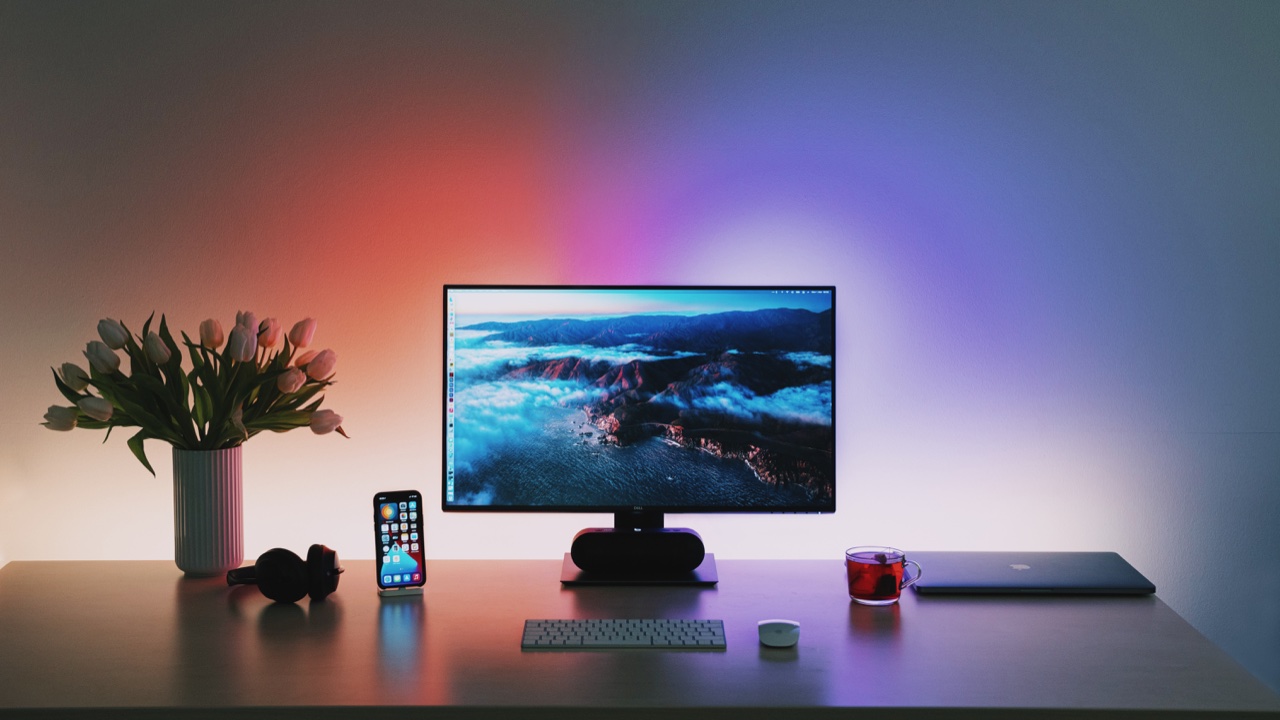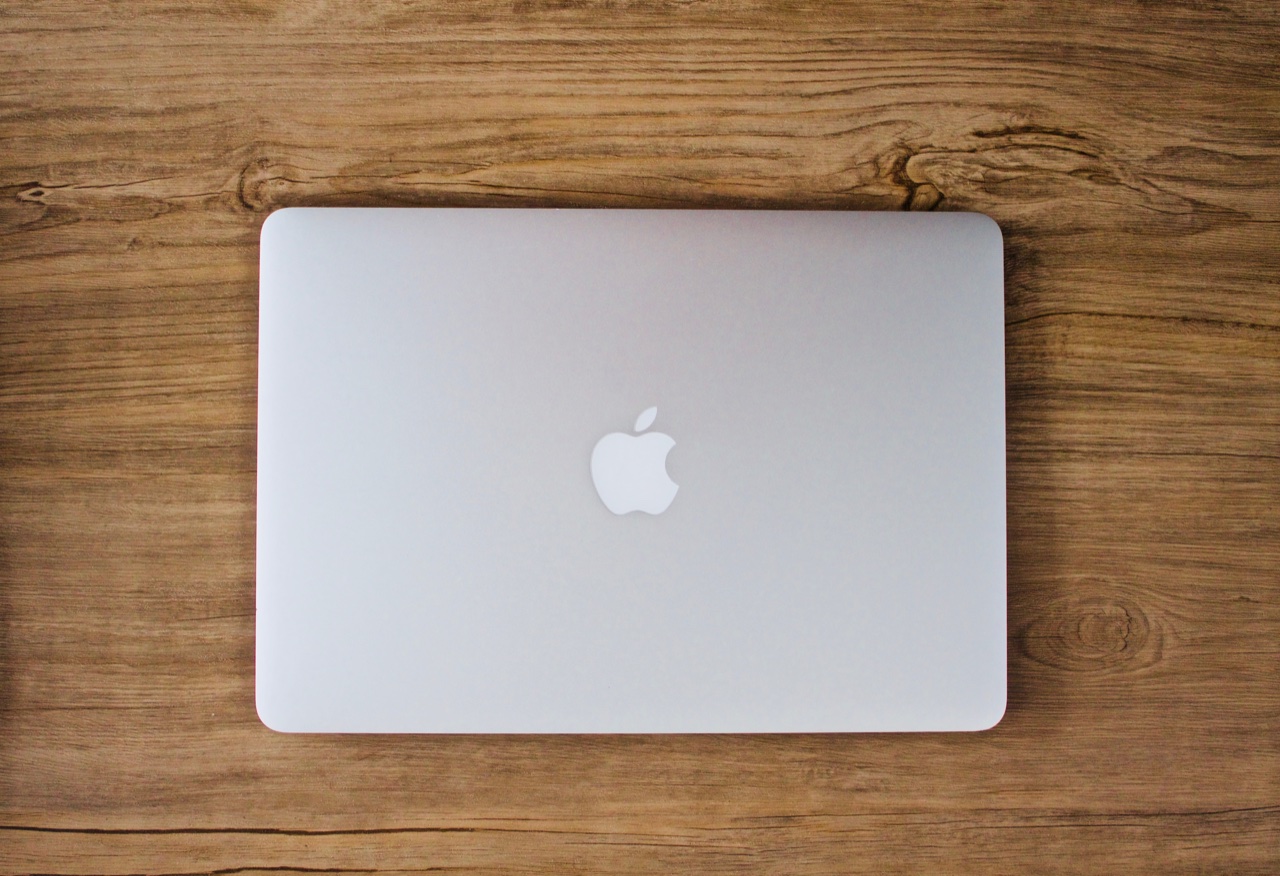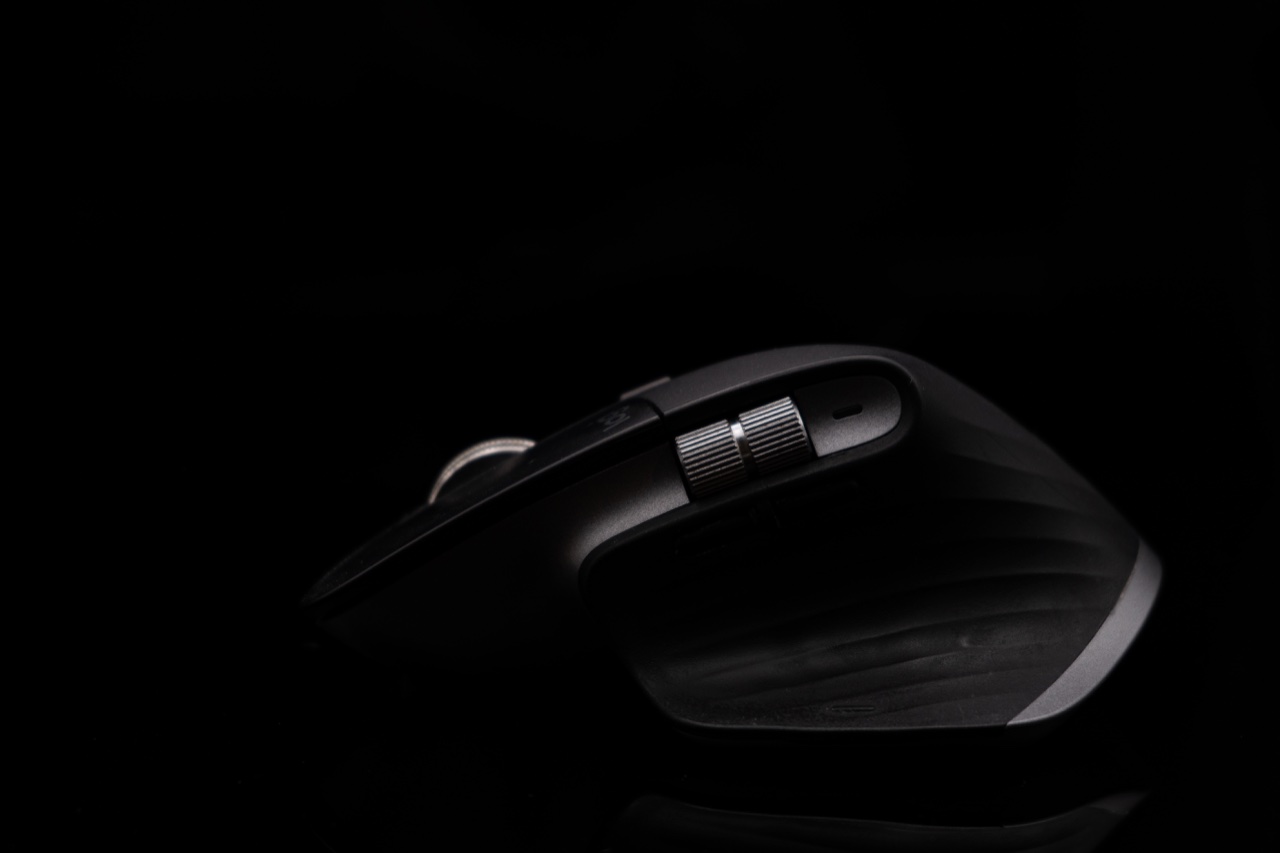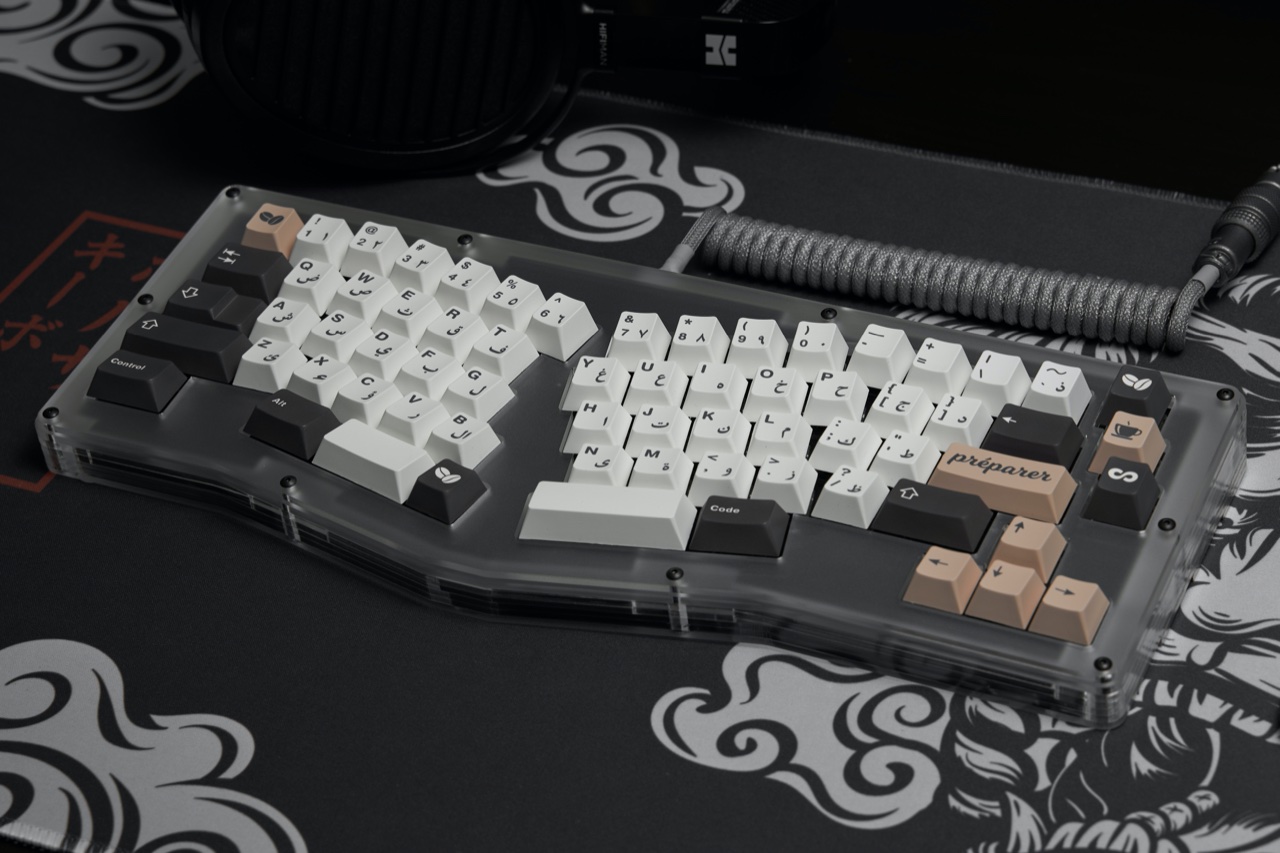My love for aesthetics
The struggle between professionalism and the love for beautiful things
Friday, July 21, 2023
I have always had a deep appreciation for beautiful things.
By “beautiful,” I mean well-crafted objects that bring pleasure in their use, viewing, and even touching or smelling. I’m not just referring to physical objects, but also to visual art.
Yet, my passion for aesthetics has often led to an internal conflict. On one hand, I find immense satisfaction in owning objects that delight me; on the other, I feel somewhat frivolous focusing so much on things that, despite their beauty, might not directly contribute to the final outcome of my work.
Is it normal to spend a modest amount of time composing my workspace, such as my desk?

After all, one might argue that all you truly need is a basic setup: any monitor, an average keyboard, a standard mouse, and an ordinary computer to get the job done and be productive. Many highly competent individuals seem to dismiss these aesthetics and manage to excel professionally, even when using tools or working in environments that I would find discomforting. Personally, I struggle when surrounded by objects I consider unattractive or when my workspace is not arranged to my liking. The discomfort this creates directly impacts my productivity. My attention shifts to the unsightly keyboard with its unsatisfactory feel, the monitor with its bulky plastic frame and subpar display, or the disorder on my desk.
Yet, deep down, I acknowledge that the problem lies with me. Other developers produce incredible code without concerning themselves with these aesthetic aspects, while I find myself wasting time fixating on these matters and not achieving the level of coding excellence I desire. Clearly, the issue is evident.
However, I can’t escape the fact that I truly appreciate beautiful objects, despite my internal struggle.
“Do I truly need to spend so much money on this object, no matter how much I like it? When I could spend far less on another tool and still get the job done?”
This thought often haunts me, and most of the time, I opt for a less appealing choice, leading to dissatisfaction.
I must be sincere; economic constraints sometimes play a part in my decisions. However, I find myself wondering about the cost of these beautiful objects. True, highly skilled designers invest their expertise and knowledge to create stunning pieces. Yet, not everyone can afford them, or at least, I find myself questioning whether I’m ready to invest so much money in an object.
Perhaps, on some occasions, I fear that the item I love now might eventually lose its charm, leading to regret and remorse.
This fear, however, is misguided. The passage of time has proven that certain design objects have stood the test of time and continue to be admired, even years after their initial release. Just consider the first iPod - it still possesses a timeless beauty despite the years that have passed.
After this introspective journey, I can confidently affirm that yes, I genuinely admire beautiful things, and I’m afraid I cannot do without them.
Fortunately, I’m not alone. There are other highly skilled individuals who share my “affliction,” demonstrating that the appreciation for aesthetics does not compromise one’s competence in any field.
Perhaps, it’s an internal struggle that I need to address - accepting and dismissing the perception of my passion for aesthetics as superficial, while simultaneously accomplishing my work brilliantly, much like those solely focused on functionality, unswayed by design considerations.
The Distinction Between a Professional and an Enthusiast
Recently, I read a captivating article penned by Arun, a person who shares my passion for design. However, he also emphasizes that his work remains exemplary, proving that he doesn’t merely prioritize superficial elements.
In this thought-provoking article, he explores the contrast between a professional and an enthusiast, highlighting the tools both groups employ.
I invite you to read his article; it’s concise yet impactful.
I find myself agreeing with his observations, but at the same time, I realize that the line between a professional and an enthusiast is not always clear-cut.
For instance, what if I, as a professional, believe that my tools should not only serve their function effectively but also offer an enjoyable experience? Does that make me a professional who appreciates aesthetics like an enthusiast, or an enthusiast attempting to emulate a professional?
Now, let’s delve into the ten observations Arun made concerning tools and the distinctions between enthusiasts and professionals.
1. To the professional, the tool is for a job. To the amateur, the tool is for a hobby.
This statement is undoubtedly agreeable. The observation is so self-evident that there’s little room for debate. So, let’s move forward.
2. To the professional, tactile tools instill confidence. To the amateur, tactile tools provide delight.

Ah, here’s the crux of the matter. But what if a professional desires tools that offer both?
In my professional work, I rely on Apple products. (However, I still harbor a soft spot for Linux, even if it remains mostly unrequited.)
I’ve occasionally attempted to switch from Apple and use other tools to explore Linux. During one experiment, I migrated from my MacBook Pro to a Lenovo X1 Carbon for several months. An impressive machine, incredibly lightweight, and Linux ran seamlessly on it.
But… it lacked the allure of a Mac. It couldn’t replicate the sensation of typing on a MacBook’s keyboard (which, objectively speaking, is inferior to the X1’s) or the feeling of touching the MacBook’s metal casing. Even the smoothness of the MacBook’s trackpad was missing.
A MacBook Pro feels solid, stable, and substantial. Its cold, metallic edges, reflective color, and clean lines are all part of its meticulously crafted design.
Regrettably, the X1 does not possesses these distinctive characteristics; its primary focus is on performance, leaving some design aspects to chance.
It appears that this illustrates the difference between tools for professionals and those for enthusiasts. According to this observation (or my interpretation of it), a MacBook Pro should be more appealing to enthusiasts, given the pleasure derived from its design, while an X1 Carbon should appeal more to professionals, considering its performance-focused approach.
However, here I am, a professional developer, using a MacBook Pro.
In my leisure time, I maintain this blog, and again, I opt for a MacBook Pro.
So, does that make me more of an enthusiast or a professional?
3. To the professional, tools are needs. To the amateur tools are wants.

Yes, a professional requires tools to complete tasks, whereas an enthusiast chooses tools based on desire rather than necessity.
This aligns with my previous discussion. At work, I requested to purchase a mechanical keyboard and a Logitech mouse, specifically the Mechanical MX and the Master 3s.
While these tools indeed enhance productivity for professionals, I desired them because… I wanted them.
Again, am I more of an enthusiast or a professional?
4. To the professional, tools are assets. To the amateur, tools are toys.
Certainly, there’s truth to this observation. I cannot add much beyond what has already been said. I wholeheartedly agree.
5. To the professional, the tool is part of an inventory. To the amateur, the tool is part of a collection.

Now, let’s revisit my passion for mechanical keyboards and related elements.
It’s a beautiful and diverse world.
There’s an array of keyboards, keycaps, and switches available. Experimenting and discovering the most functional combinations is an exhilarating journey.
However, keyboards, in addition to being tools, are often objects designed with specific aesthetics or unique features.
And inevitably, a person collects them. Maybe occasionally switching, even using different keyboards based on the task at hand.
I wouldn’t categorize my keyboards as mere inventory, but more of a collection. Nonetheless, it doesn’t change the fact that I use them to fulfill my professional tasks.
So, am I more of an enthusiast or a professional?
6. To the professional, the tool delivers results. To the amateur, the tool delivers an experience.

Let’s combine my previous discussions on keyboards and laptops.
My mechanical keyboard and MacBook Pro are instrumental in completing my professional tasks. But they also provide an experience of use. Why did I choose a MacBook Pro over an X1 Carbon? For the experience it offers.
Why did I choose a mechanical keyboard with a specific combination of switches and keycaps, in certain colors, instead of a regular $10 membrane keyboard? Again, for the experience it provides.
Does that make me more of an enthusiast or more of a professional?
7. To the professional, the appearance of a tool speaks about its use. To the amateur, the appearance of a tool speaks about its user.
Yes, an object like a custom mechanical keyboard says a lot about its user. So does a MacBook Pro adorned with stickers.
But if I use both for my professional work, am I more of an enthusiast or a professional?
8. To the professional, the tool changes the world. To the amateur, the tool changes how they see the world.
This observation is somewhat metaphysical, making it challenging to provide concrete examples from my life. In Arun’s article, they attached an image to this observation, featuring an astronomical observatory and an amateur telescope.
Naturally, this image aligns perfectly with the observation. A great choice of imagery :)
However, I can’t help but agree. As an amateur and astronomy enthusiast, my telescope allows me to see the world with different eyes. If I were a scientist, I’d view an astronomical observatory as a tool that could advance humanity’s understanding of the cosmos.
As a developer, it’s not always easy to find something so clear-cut. Not all the work we do will directly contribute to concrete improvements in the world. Sometimes, I get that sense, and the way I view the tools I use undoubtedly aligns with Arun’s observation.
9. To the professional, the tool makes someone else happy. To the amateur, the tool makes them happy.
This observation somewhat connects to the previous point. My note is… can’t both be true simultaneously?
I write code using tools I’ve chosen to make my clients happy AND to bring myself joy during work.
Amateur or professional?
10. To the professional, the tool is a means to an end. To the amateur, the tool is the end.
Yes, it’s true. Although I don’t always agree 100%. If I am an amateur in astronomical observation, I’ll acquire a telescope that also provides pleasure in its use. But I wouldn’t claim that the telescope itself is my ultimate goal. The same applies to keyboards or computers.
However, perhaps I misinterpreted their observation.
Conclusion
These are my reflections as an enthusiast of design and objects in general. I’d be thrilled to hear Arun’s thoughts! Arun, if you’re listening, let me know!
Overall, I believe that observing the tools we use is a slippery reference point for categorizing oneself as a professional or an enthusiast. The line between the two is quite blurred.
And my question remains: in light of this contemplation… am I an enthusiast or a professional?
Until next time. Goodbye!